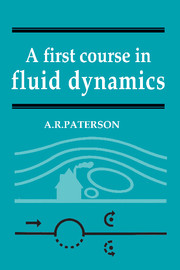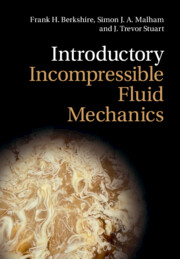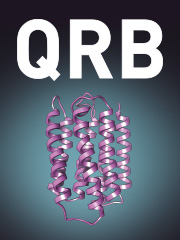The Fluid Dynamics of Cell Motility
Fluid dynamics plays a crucial role in many cellular processes, including the locomotion of cells such as bacteria and spermatozoa. These organisms possess flagella, slender organelles whose time periodic motion in a fluid environment gives rise to motility. Sitting at the intersection of applied mathematics, physics and biology, the fluid dynamics of cell motility is one of the most successful applications of mathematical tools to the understanding of the biological world. Based on courses taught over several years, it details the mathematical modelling necessary to understand cell motility in fluids, covering phenomena ranging from single-cell motion to instabilities in cell populations. Each chapter introduces mathematical models to rationalise experiments, uses physical intuition to interpret mathematical results, highlights the history of the field and discusses notable current research questions. All mathematical derivations are included for students new to the field, and end-of-chapter exercises help consolidate understanding and practise applying the concepts.
- A case study in interdisciplinary modelling, showing how experiments from biology can be used to motivate mathematical modelling and how modelling can explain biological observations
- Explains all steps of the mathematical derivations in detail and uses physical intuition to interpret mathematical results, making the book accessible to students
- Based on courses taught over several years, it contains more than 90 exercises, suitable for use as homework assignments or exam questions
Product details
October 2020Adobe eBook Reader
9781316805787
0 pages
0kg
78 b/w illus. 95 exercises
This ISBN is for an eBook version which is distributed on our behalf by a third party.
Table of Contents
- Part I. Fundamentals:
- 1. Biological background
- 2. The fluid dynamics of microscopic locomotion
- 3. The waving sheet model
- 4. The squirmer model
- Part II. Cellular locomotion:
- 5. Flagella and the physics of viscous propulsion
- 6. Hydrodynamics of slender filaments
- 7. Waving of eukaryotic flagella
- 8. Rotation of bacterial flagellar filaments
- 9. Flows and stresses induced by cells
- Part III. Interactions:
- 10. Swimming cells in flows
- 11. Self-propulsion and surfaces
- 12. Hydrodynamic synchronisation
- 13. Diffusion and noisy swimming
- 14. Hydrodynamics of collective locomotion
- 15. Locomotion and transport in complex fluids
- References
- Index.








